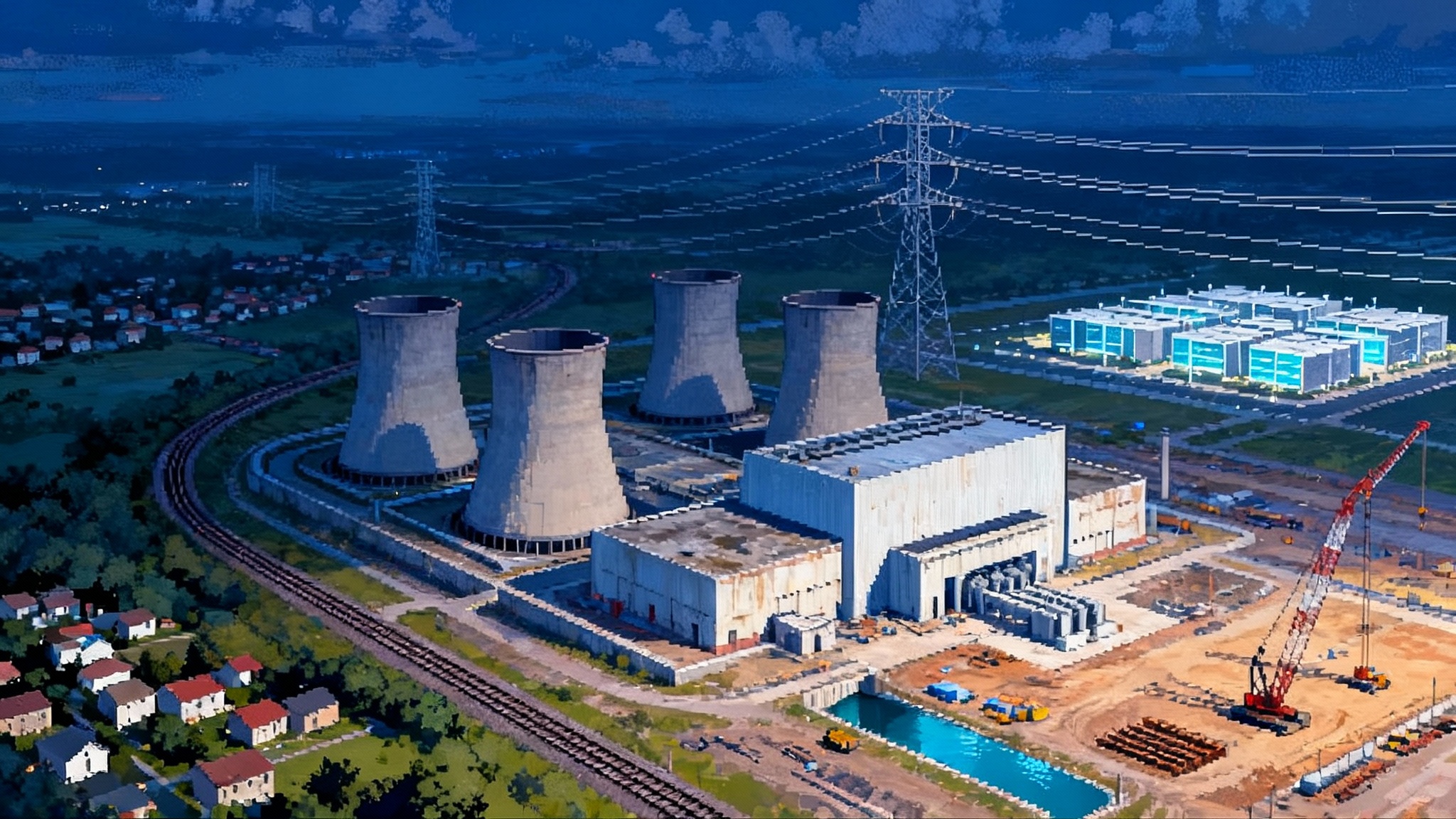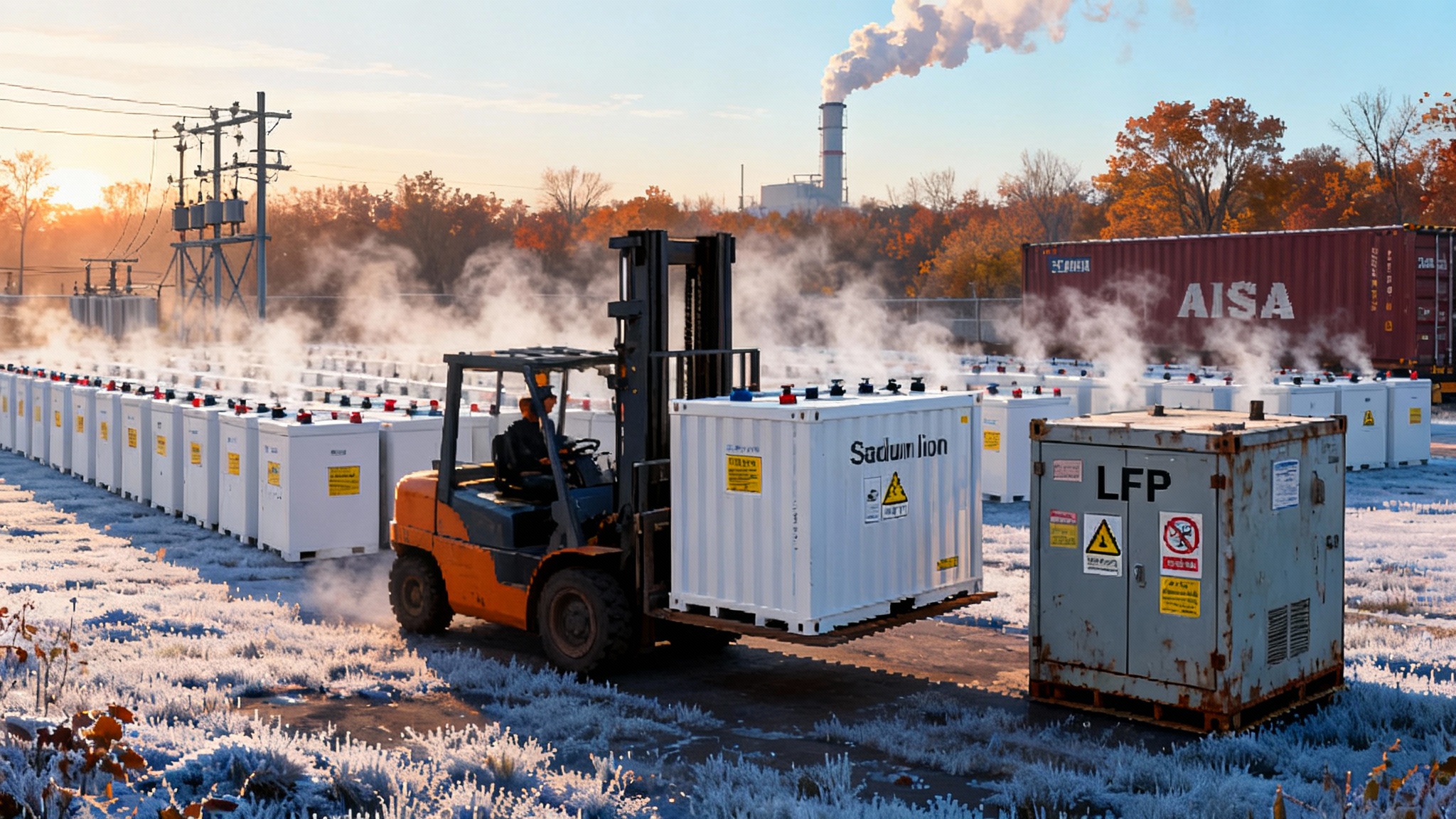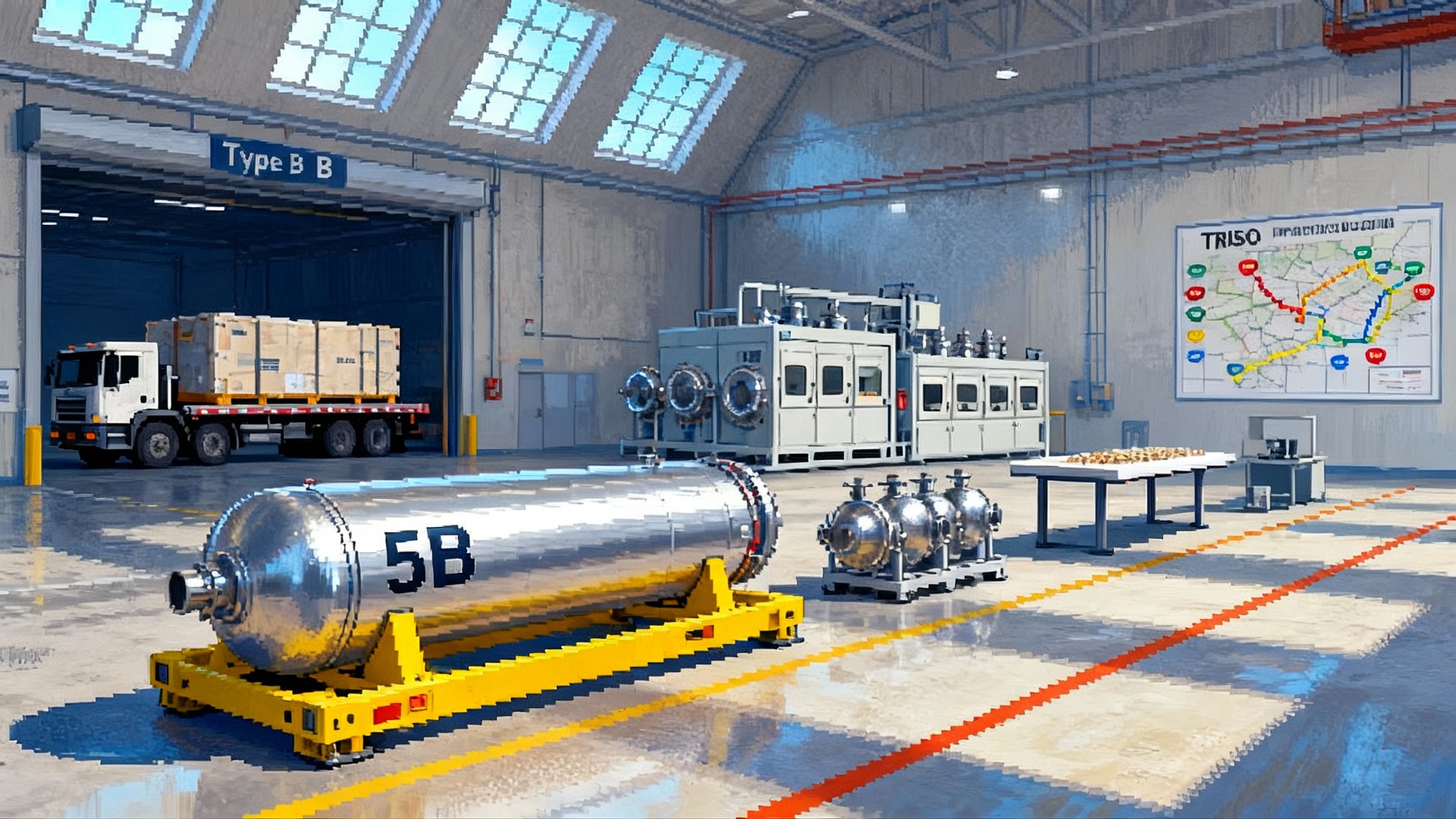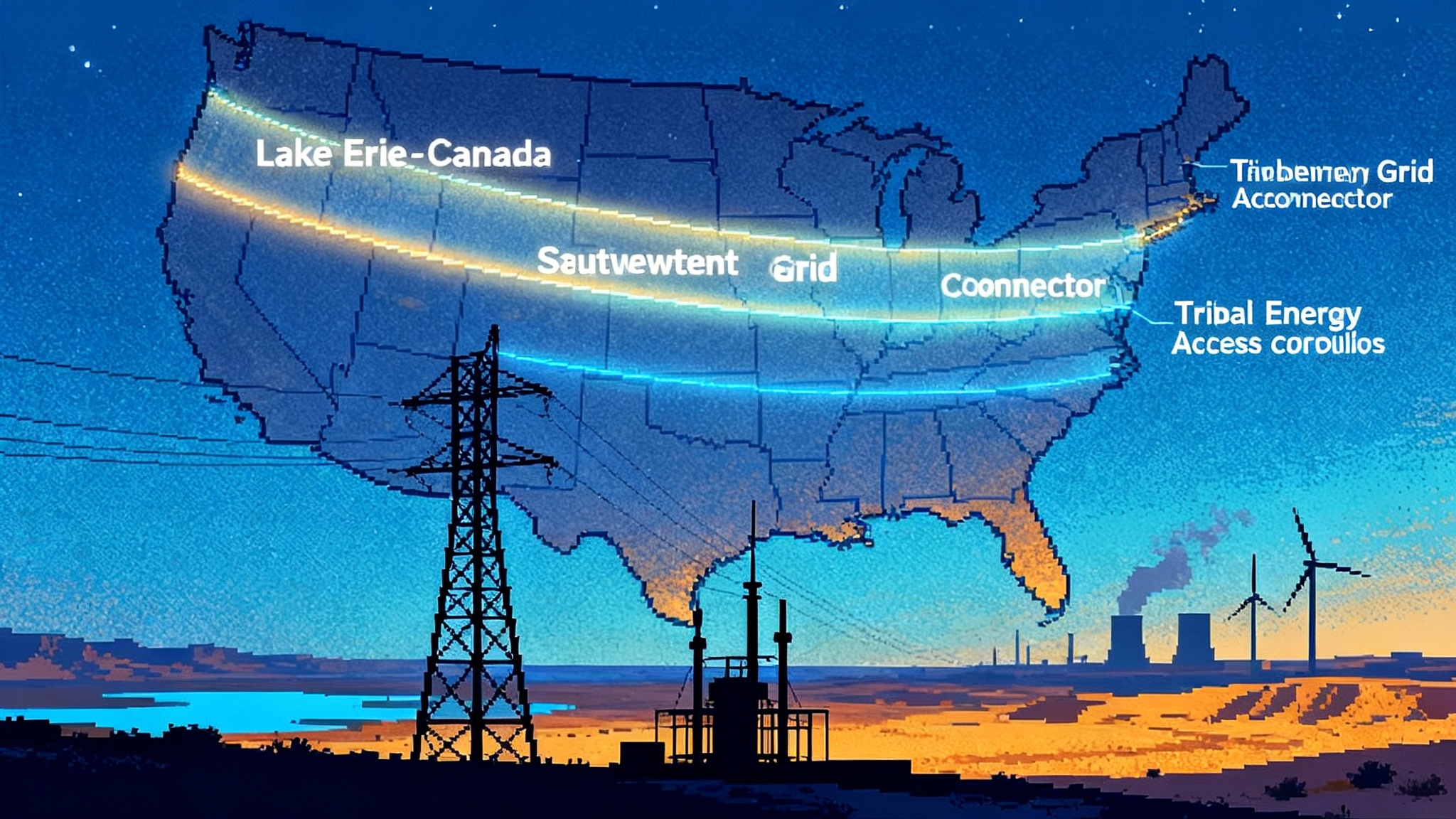The 45Y/48E Flip: Tech-Neutral Credits Upend Project Finance
Final IRS 45Y and 48E rules in January 2025 made clean power tech-neutral. Developers are already repricing repowers, uprates, restarts, and standalone storage as domestic content and energy community bonuses reset models. Here is how to choose between the production and investment credit, and who benefits first.

The flip that changed the pro forma
In early January 2025, the U.S. Department of the Treasury and the Internal Revenue Service finalized the technology neutral clean electricity rules for sections 45Y and 48E. The old, technology specific credits did their job. Now the center of gravity for project finance has shifted to a pair of rules that reward zero greenhouse gas electricity regardless of how you make it. With the final guidance in hand, developers are rebuilding spreadsheets, renegotiating offtakes, and phasing scopes so that capital lands where the new rules pay best. Treasury’s final package set the table for this flip and gave lenders the confidence to price it in, which is why term sheets changed within days of the final technology neutral rules.
If last cycle’s model started with the technology, this cycle starts with emissions and components. The headline for teams doing repowers, uprates, restarts, and standalone storage is simple: you can now choose the production credit under 45Y or the investment credit under 48E based on what maximizes value for your site, your interconnection position, and your supply chain.
What the rules say in plain language
- 45Y is a 10 year production tax credit for each kilowatt hour from a qualified facility with net zero or negative life cycle emissions. If you meet prevailing wage and apprenticeship, you get the full rate rather than the base rate. A separate 10 percent increase applies if the facility qualifies in an energy community for that tax year, and another 10 percent increase is available if domestic content requirements are met.
- 48E is an investment tax credit measured as a percentage of eligible basis for a qualified facility or an energy storage technology placed in service after December 31, 2024. With prevailing wage and apprenticeship, the headline percentage rises, then domestic content can add 10 percentage points and energy community can add 10 percentage points. Storage qualifies on a standalone basis under 48E.
- The choice is strategic. Ten years of cash flow under 45Y helps merchant risk and long duration assets. 48E’s up front basis percentage can be more valuable where capital expenditure is high and energy pricing is volatile, which is why storage, geothermal field work, and complex grid upgrades often lean toward 48E.
Two structural ideas from the final rules matter most for 2025 and 2026 calendars: first, the incremental capacity rule, which lets you treat an addition at an existing facility as a separate qualified facility to the extent of the measured increase; second, the 80/20 retrofit rule, which treats a heavily rebuilt plant as newly placed in service when at least 80 percent of its value is new components. If you clear the 80/20 threshold, you claim full credits on the rebuilt unit. If you do not, you can still claim credits on the incremental increase. That is a meaningful change for uprates and repowers because it opens a middle lane between minor maintenance and full tear down.
Who benefits first
Hydropower and pumped storage uprates
Hydro operators have long lists of incremental upgrades that were hard to justify under the old rules. New runners, wicket gate improvements, rewinds, digital governors, and head optimization deliver 1 to 5 percent output gains per unit. Under the incremental capacity rule, the increase can qualify as a separate facility for 45Y, so a 500 megawatt plant that adds 20 megawatts of capacity and demonstrates the increase through license updates or recognized standards can claim credits on the incremental generation. If a utility brings a mothballed unit back online or completes a major rehabilitation that clears the 80/20 test, it can claim the full credit on that unit as newly placed in service under 45Y or 48E.
Why this lands first: the asset base exists, the uprate work is well known, and the license pathways are clear. Public power and large independent power producers can stage units to smooth outages and stack credit years. Expect uprate packages to be bundled with fish passage, automation, and transformer replacements to cross the 80/20 bar when it pencils. For grid equipment constraints that shape schedules, see our analysis of the 2025 transformer crunch.
Geothermal field and plant upgrades
Geothermal developers and public utilities that run conventional fields have two lanes. Where the operator plans new wells and surface equipment that push the facility over the 80/20 level, 48E can deliver a double digit basis boost when combined with domestic content and energy community placement. Where the plan is a field infill or a binary-plant refresh that adds a defined block of capacity, the incremental rule allows a 45Y claim on the net increase. Geothermal’s capacity factor makes the production credit attractive, so the choice often turns on the cost of debt and how much of the scope can be sourced domestically.
Wind and solar repowers
Repower math gets more interesting. Swapping blades, hubs, gearboxes, and nacelles can quickly exceed 80 percent new component value at the turbine level, which turns that turbine into a newly placed in service qualified facility. Developers can then choose 45Y for a decade of production value or 48E for an up front basis hit. On solar, a string inverter or tracker retrofit alone may not clear 80/20. Pairing that work with high efficiency module replacement and medium voltage equipment may get there. If not, the incremental capacity rule lets the project claim on the measured increase from the repower scope. That is especially useful for repowers that improve performance ratio rather than nameplate, because the rule focuses on incremental output, not just placard capacity.
Nuclear restarts and life extensions
The final rules include examples that treat a decommissioned and restarted facility as adding capacity from a base of zero. That lets an operator claim 45Y on the new generation attributable to the restart when the facts support the example’s framework, or treat a fully refurbished unit that clears 80/20 as newly placed in service. This sits alongside the existing production credit for operating nuclear, which serves a different purpose. For life extension scopes, the financial model now weighs whether to stage work to maximize 80/20 treatment, or to treat specific uprates as incremental capacity and start the 10 year 45Y clock when the new unit is placed in service. For sector context, see America’s nuclear reboot in 2025.
Fusion enters the eligibility column
Treasury followed the final rules with the first annual list of qualifying technologies. The list puts fusion energy on equal footing with wind, solar, hydropower, marine and hydrokinetic, geothermal, and nuclear fission, all flagged as zero emissions categories for 45Y and 48E eligibility. That is a policy door that fusion developers can now design around rather than a hypothesis. The first generation of grid connected fusion pilots will still need capacity payments, insurance solutions, and interconnection reform, but the credit pillar is clear. See Treasury’s first annual qualifying technologies table.
Standalone storage and the grid edge
Storage is cleanly eligible under 48E. For utility scale batteries and pumped storage modernization, the investment credit is often more valuable than a production credit because energy revenues are shape dependent and can be volatile. 48E also lets qualified interconnection costs count toward basis, which raises the practical ceiling on creditable dollars for projects that need grid upgrades to reach full discharge rights. Co located storage will still model the 45Y path if the associated generator qualifies and the offtake favors production value, but standalone storage finally has its own, durable lane without adders or workarounds. For transmission and queue policy shaping interconnection cost recovery, see the 2026 transmission pivot.
A quick modeling checklist for 2025
- Map prevailing wage and apprenticeship compliance across scopes to avoid base rate outcomes.
- Test both pathways. Run side by side 45Y and 48E cases with realistic curtailment, capacity factor, and price shape assumptions.
- Segment scopes by unit to exploit the incremental capacity rule and to stage 80/20 outcomes where feasible.
- Reassess interconnection upgrades as creditable basis under 48E and reprice offtake for shape risk.
- Price domestic content premiums against the value of the adders and delivery certainty.
- For restarts and life extensions, sequence outages to align placed in service dates with the highest value credit years.
What to watch next
- The first wave of uprate and repower packages that monetize incremental capacity under 45Y.
- Storage deals that swing from 45Y to 48E as battery and transformer lead times shift. See also how flexible demand will shape arbitrage economics in 2025’s virtual power plant inflection.
- Nuclear restarts and fusion pilots moving from policy theory to real schedules, backed by clearer credit eligibility.








